1. Qualtrough AJ, Mannocci F. Tooth-colored post systems: a review. Oper Dent. 2003; 28:86–91. PMID:
12540124.
2. Ferrari M, Mannocci F. A 'one-bottle' adhesive system for bonding a fibre post into a root canal: an SEM evaluation of the post-resin interface. Int Endod J. 2000; 33:397–400. PMID:
11307217.

3. Mannocci F, Bertelli E, Watson TF, Ford TP. Resin-dentin interfaces of endodontically-treated restored teeth. Am J Dent. 2003; 16:28–32. PMID:
12744409.
4. Monticelli F, Toledano M, Tay FR, Cury AH, Goracci C, Ferrari M. Post-surface conditioning improves interfacial adhesion in post/core restorations. Dent Mater. 2006; 22:602–609. PMID:
16289722.

5. Goracci C, Raffaelli O, Monticelli F, Balleri B, Bertelli E, Ferrari M. The adhesion between prefabricated FRC posts and composite resin cores: microtensile bond strength with and without post-silanization. Dent Mater. 2005; 21:437–444. PMID:
15826700.

6. Mumcu E, Erdemir U, Topcu FT. Comparison of micro push-out bond strengths of two fiber posts luted using simplified adhesive approaches. Dent Mater J. 2010; 29:286–296. PMID:
20495284.

7. Hikita K, Van Meerbeek B, De Munck J, Ikeda T, Van Landuyt K, Maida T, Lambrechts P, Peumans M. Bonding effectiveness of adhesive luting agents to enamel and dentin. Dent Mater. 2007; 23:71–80. PMID:
16426673.

8. Gerth HU, Dammaschke T, Züchner H, Schäfer E. Chemical analysis and bonding reaction of RelyX Unicem and Bifix composites-a comparative study. Dent Mater. 2006; 22:934–941. PMID:
16364427.

9. Radovic I, Monticelli F, Goracci C, Vulicevic ZR, Ferrari M. Self-adhesive resin cements: a literature review. J Adhes Dent. 2008; 10:251–258. PMID:
18792695.
10. Serafino C, Gallina G, Cumbo E, Ferrari M. Surface debris of canal walls after post space preparation in endodontically treated teeth: a scanning electron microscopic study. Oral Surg Oral Med Oral Pathol Oral Radiol Endod. 2004; 97:381–387. PMID:
15024364.
11. Hayashi M, Takahashi Y, Hirai M, Iwami Y, Imazato S, Ebisu S. Effect of endodontic irrigation on bonding of resin cement to radicular dentin. Eur J Oral Sci. 2005; 113:70–76. PMID:
15693832.

12. Bitter K, Paris S, Pfuertner C, Neumann K, Kielbassa AM. Morphological and bond strength evaluation of different resin cements to root dentin. Eur J Oral Sci. 2009; 117:326–333. PMID:
19583763.

13. Monticelli F, Ferrari M, Toledano M. Cement system and surface treatment selection for fiber post luting. Med Oral Patol Oral Cir Bucal. 2008; 13:E214–E221. PMID:
18305446.
14. Piwowarczyk A, Bender R, Ottl P, Lauer HC. Long-term bond between dual-polymerizing cementing agents and human hard dental tissue. Dent Mater. 2007; 23:211–217. PMID:
16494937.

15. Zehnder M. Root canal irrigants. J Endod. 2006; 32:389–398. PMID:
16631834.

16. Hülsmann M, Heckendorff M, Lennon A. Chelating agents in root canal treatment: mode of action and indications for their use. Int Endod J. 2003; 36:810–830. PMID:
14641420.

17. Erdemir A, Ari H, Güngüneş H, Belli S. Effect of medications for root canal treatment on bonding to root canal dentin. J Endod. 2004; 30:113–116. PMID:
14977310.

18. Pecora JD, Brugnera-Júnior A, Cussioli AL, Zanin F, Silva R. Evaluation of dentin root canal permeability after instrumentation and Er:YAG laser application. Lasers Surg Med. 2000; 26:277–281. PMID:
10738290.

19. Dederich DN, Zakariasen KL, Tulip J. Scanning electron microscopic analysis of canal wall dentin following neodymium-yttrium-aluminum-garnet laser irradiation. J Endod. 1984; 10:428–431. PMID:
6593419.

20. Alfredo E, Silva SR, Ozório JE, Sousa-Neto MD, Brugnera-Júnior A, Silva-Sousa YT. Bond strength of AH Plus and Epiphany sealers on root dentine irradiated with 980 nm diode laser. Int Endod J. 2008; 41:733–740. PMID:
18798921.
21. Bystrom A, Claesson R, Sundqvist G. The antibacterial effect of camphorated paramonochlorophenol, camphorated phenol and calcium hydroxide in the treatment of infected root canals. Endod Dent Traumatol. 1985; 1:170–175. PMID:
3865763.

22. Perez F, Calas P, de Falguerolles A, Maurette A. Migration of a Streptococcus sanguis strain through the root dentinal tubules. J Endod. 1993; 19:297–301. PMID:
8228750.

23. Kennedy WA, Walker WA 3rd, Gough RW. Smear layer removal effects on apical leakage. J Endod. 1986; 12:21–27. PMID:
3512756.

24. Gençoğlu N, Samani S, Günday M. Dentinal wall adaptation of thermoplasticized gutta-percha in the absence or presence of smear layer: a scanning electron microscopic study. J Endod. 1993; 19:558–562. PMID:
8151244.

25. Gutmann JL. Adaptation of injected thermoplasticized guttapercha in the absence of the dentinal smear layer. Int Endod J. 1993; 26:87–92. PMID:
8330939.

26. Ari H, Yaşar E, Belli S. Effects of NaOCl on bond strengths of resin cements to root canal dentin. J Endod. 2003; 29:248–251. PMID:
12701772.

27. Demiryürek EO, Külünk S, Saraç D, Yüksel G, Bulucu B. Effect of different surface treatments on the push-out bond strength of fiber post to root canal dentin. Oral Surg Oral Med Oral Pathol Oral Radiol Endod. 2009; 108:e74–e80. PMID:
19615650.

28. Kenshima S, Francci C, Reis A, Loguercio AD, Filho LE. Conditioning effect on dentin, resin tags and hybrid layer of different acidity self-etch adhesives applied to thick and thin smear layer. J Dent. 2006; 34:775–783. PMID:
16621219.

29. Mayhew JT, Windchy AM, Goldsmith LJ, Gettleman L. Effect of root canal sealers and irrigation agents on retention of preformed posts luted with a resin cement. J Endod. 2000; 26:341–344. PMID:
11199751.

30. Takeda FH, Harashima T, Kimura Y, Matsumoto K. A comparative study of the removal of smear layer by three endodontic irrigants and two types of laser. Int Endod J. 1999; 32:32–39. PMID:
10356467.

31. Rosales-Leal JI, Osorio R, Toledano M, Cabrerizo-Vílchez MA, Millstein PL. Influence of eugenol contamination on the wetting of ground and etched dentin. Oper Dent. 2003; 28:695–699. PMID:
14653282.
32. Peters OA. Current challenges and concepts in the preparation of root canal systems: a review. J Endod. 2004; 30:559–567. PMID:
15273636.

33. Hülsmann M, Peters OA, Dummer PMH. Mechanical preparation of root canals: shaping goals, techniques and means. Endodc Topics. 2005; 10:30–76.
34. Gu LS, Kim JR, Ling J, Choi KK, Pashley DH, Tay FR. Review of contemporary irrigant agitation techniques and devices. J Endod. 2009; 35:791–804. PMID:
19482174.

35. Wu MK, Wesselink PR. A primary observation on the preparation and obturation of oval canals. Int Endod J. 2001; 34:137–141. PMID:
11307262.

36. De-Deus G, Gurgel-Filho ED, Magalhães KM, Coutinho-Filho T. A laboratory analysis of gutta-percha-filled area obtained using Thermafil, System B and lateral condensation. Int Endod J. 2006; 39:378–383. PMID:
16640636.

37. Berutti E, Marini R, Angeretti A. Penetration ability of different irrigants into dentinal tubules. J Endod. 1997; 23:725–727. PMID:
9487845.

38. Zicari F, Couthino E, De Munck J, Poitevin A, Scotti R, Naert I, van Meerbeek B. Bonding effectiveness and sealing ability of fiber-post bonding. Dent Mater. 2008; 24:967–977. PMID:
18177701.

39. Ferrari M, Cagidiaco MC, Grandini S, De Sanctis M, Goracci C. Post placement affects survival of endodontically treated premolars. J Dent Res. 2007; 86:729–734. PMID:
17652200.

40. Vichi A, Grandini S, Ferrari M. Comparison between two clinical procedures for bonding fiber posts into a root canal: a microscopic investigation. J Endod. 2002; 28:355–360. PMID:
12026918.

41. Weichman JA, Johnson FM. Laser use in endodontics. A preliminary investigation. Oral Surg Oral Med Oral Pathol. 1971; 31:416–420. PMID:
5277394.
42. Altundasar E, Ozçelik B, Cehreli ZC, Matsumoto K. Ultramorphological and histochemical changes after ER, CR:YSGG laser irradiation and two different irrigation regimes. J Endod. 2006; 32:465–468. PMID:
16631850.
43. Esteves-Oliveira M, de Guglielmi CA, Ramalho KM, Arana-Chavez VE, de Eduardo CP. Comparison of dentin root canal permeability and morphology after irradiation with Nd:YAG, Er:YAG, and diode lasers. Lasers Med Sci. 2010; 25:755–760. PMID:
20422240.





 PDF
PDF ePub
ePub Citation
Citation Print
Print


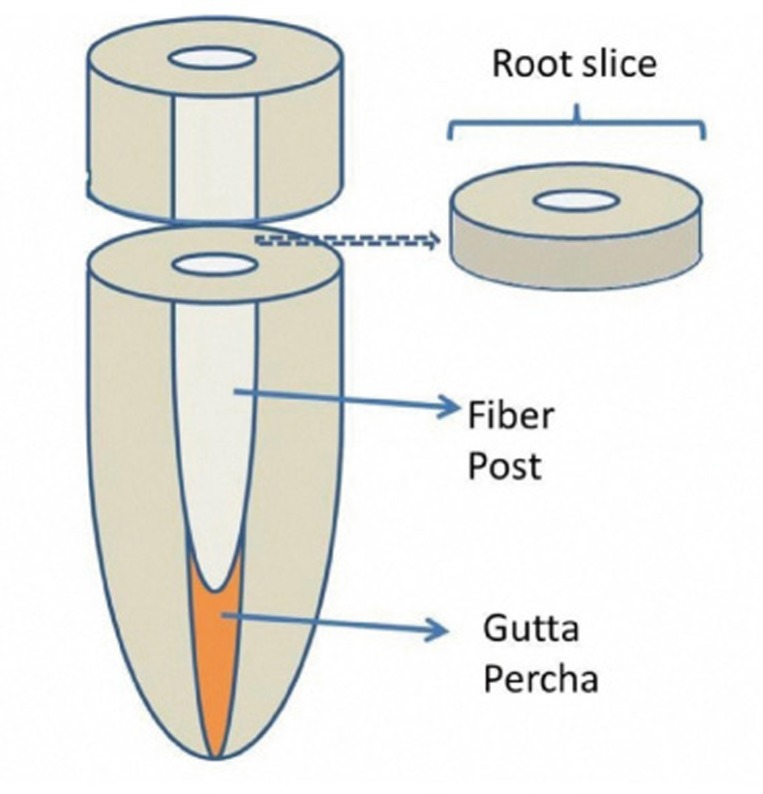
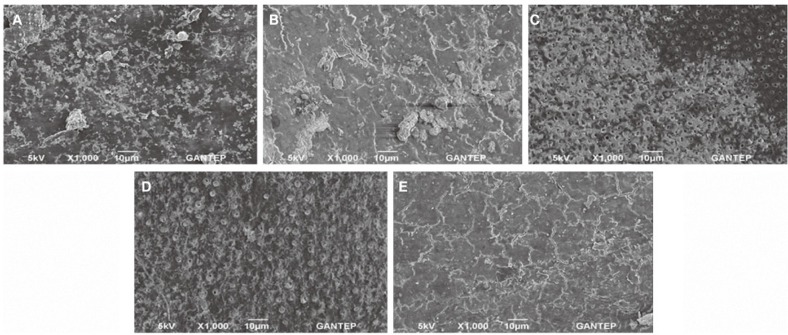
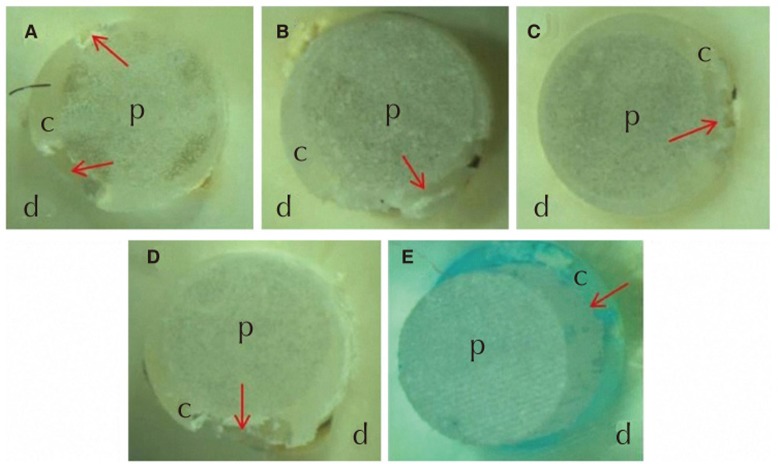
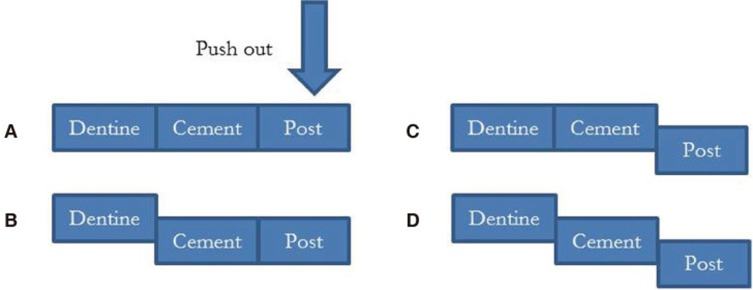
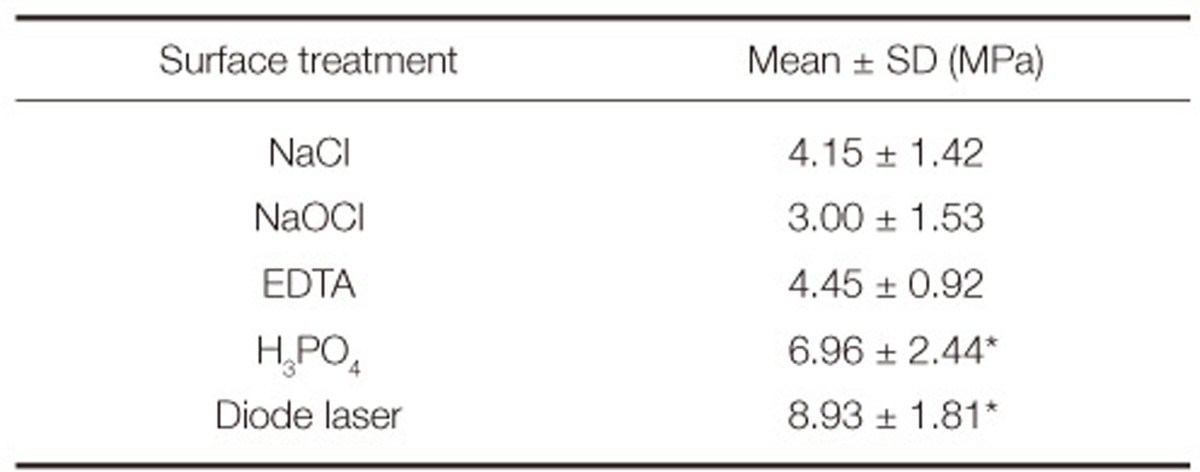
 XML Download
XML Download